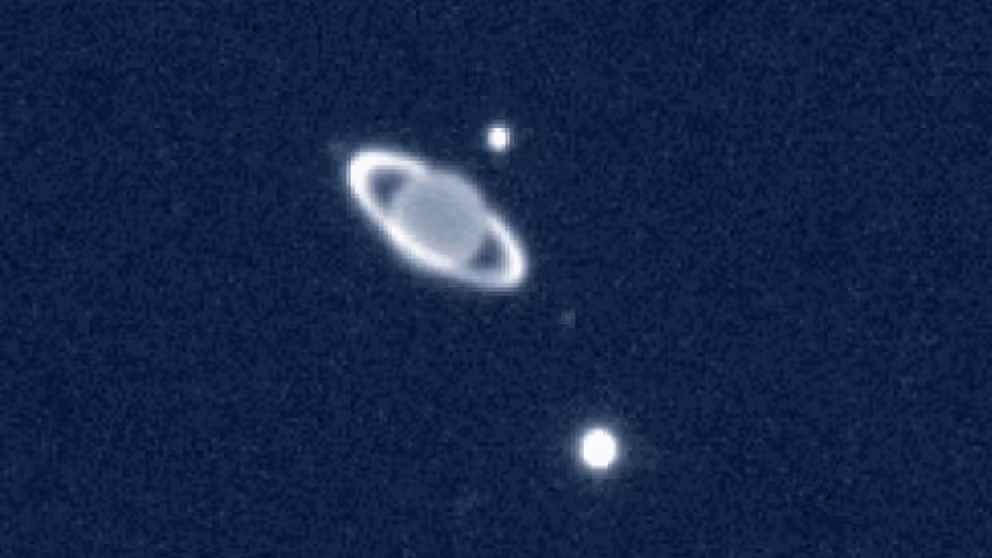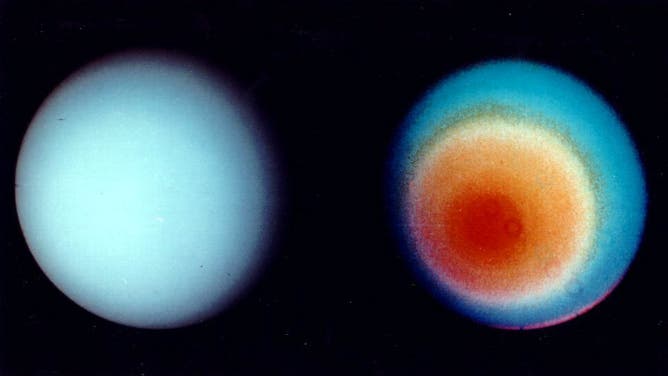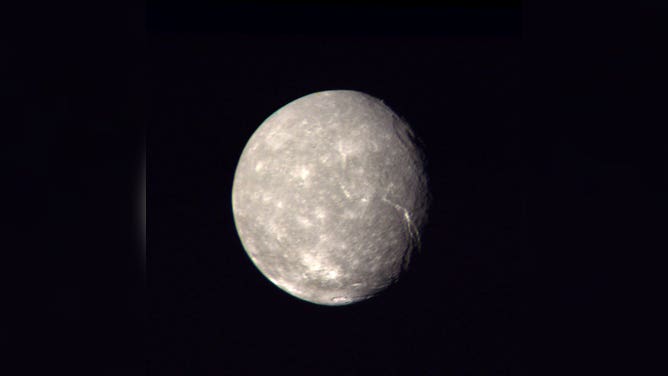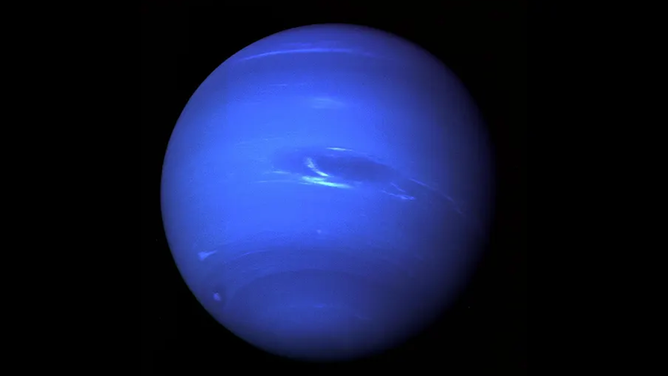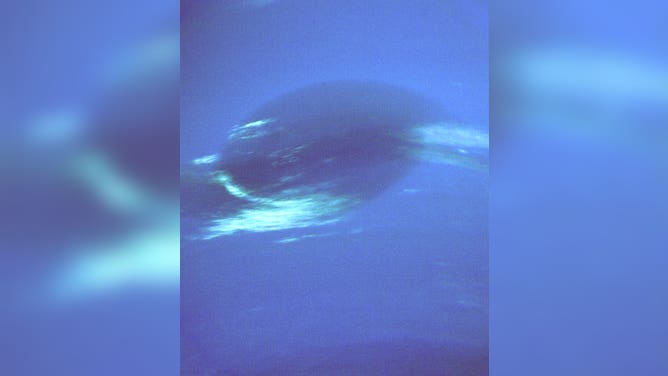NASA's Voyager 2 still phoning home after accidental command severs communication
NASA commands to Voyager 2, some 12.3 billion miles from Earth, accidentally knocked its antenna 2 degrees away from Earth, causing a communication outage. But Voyager project manager Suzanne Dodd shared the good news on Tuesday that NASA was able to find Voyager 2's "heartbeat" proving the spacecraft is still operational.
Discovering Uranus
Uranus was discovered 241 years ago.
NASA's intergalactic spacecraft Voyager 2 is still sending out a signal after the space agency thought communication was lost with the 46-year-old spacecraft until October.
Despite being more than 12.3 billion miles from Earth, NASA has been able to keep in contact with Voyager 2 through its system of ground antennas known as the Deep Space Network (DSN). NASA said it lost contact with Voyager 2 on July 21 after a series of planned commands sent to the spacecraft caused an unintended shift in its antenna to point 2 degrees away from Earth.
NASA said it planned to "listen" for Voyager 2's carrier signal with the Deep Space Network. Engineers weren't sure if the attempt would be successful-- but it was.
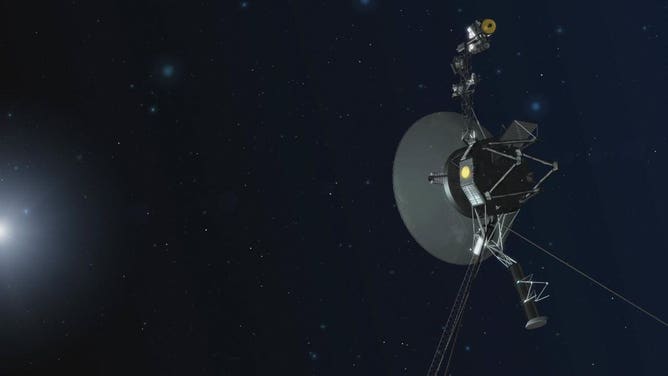
Artist concept showing NASA’s Voyager spacecraft against a backdrop of stars. (Credit: NASA/JPL-Caltech)
(NASA)
Voyager project manager Suzanne Dodd shared the good news on Tuesday when NASA was able to find Voyager 2's "heartbeat."
"We enlisted the help of the DSN and Radio Science groups to help to see if we could hear a signal from Voyager 2. This was successful in that we see the ‘heartbeat’ signal from the spacecraft. So we know the spacecraft is alive and operating," she wrote. "This buoyed our spirits. We are now generating a new command to attempt to point the spacecraft antenna toward Earth. There is a low probability that this will work."
VOYAGER 1 CONTINUES ZOOMING THROUGH INTERSTELLAR SPACE 45 YEARS AFTER ITS LAUNCH
If this doesn't work, there is another planned orientation that should automatically point the spacecraft toward Earth on Oct. 15.
"That is a long time to wait, so will try sending up commands several times prior to that date," Dodd said.
In 1977 NASA launched the Voyager 1 and 2 spacecraft from NASA's Kennedy Space Center in Florida, taking advantage of a 176-year planetary alignment that made the grand tour of all four giant outer planets possible.
Voyager 2 visited Uranus and Neptune before exiting the heliosphere in 2018-- the protective bubble of solar wind considered to be the boundary of our solar system.
If NASA is unable to send a signal to Voyager, it's still expected to continue on its planned trajectory through this blackout.
